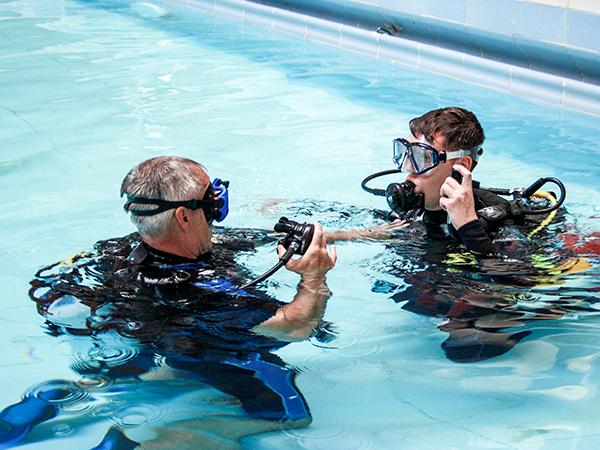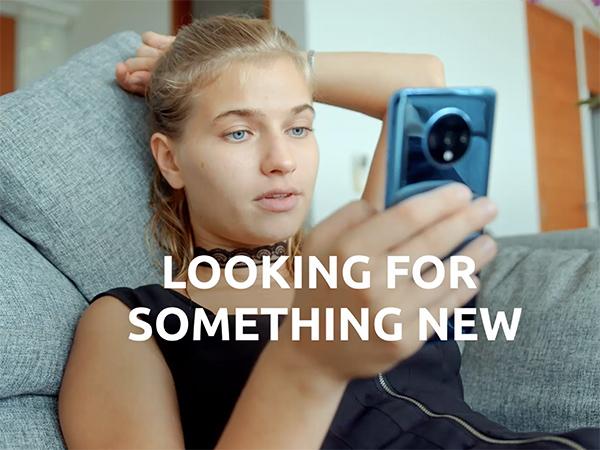Once you’ve attracted women to come along for a visit (most likely to do a Try Dive), there are lots of fairly simple changes your club could make to be as welcoming and inclusive as possible.
Remember to seek existing member input into any changes and ask their opinions when testing out new ideas.
Have a buddy system for newcomers
Established friendship groups can sometimes come across as cliquey and intimidating. A buddy system of pairing up a newcomer with an existing member is a good way of integrating them right from the start.
Be clear about kit and clothing
Be clear about what kit is required (i.e. big baggy t-shirt for try dives) so that people know what to expect before turning up.
Communicate the wider benefits of our sport
Many women worry about being judged if they’re not prioritising their children over themselves. Communicate the wider benefits of scuba diving such as mental wellbeing, fitness and stress relief, which will all contribute to being a better parent.
Follow up with any newcomers to congratulate them on their Try Dive
A quick text message or email to inform them of the next club night and to say that you’re looking forward to seeing them there could make a massive difference for someone who is still apprehensive about committing to the club. Ideally, it’s the member they were ‘buddied’ with on the night. Giving it a personal touch will make the person feel genuinely welcome and wanted at your club.
Join the online community
Inviting your new female members to join your club’s Facebook Page, email list or Whatsapp group is a great way to keep them engaged with the club after their visit, hopefully encouraging them to come back again.
Consider female only sessions
Running a regular female-specific sessions can be a great way to overcome barriers such as the fear of being judged. However, if this isn’t possible, look for alternatives to help women feel comfortable. Try adapting the format of your sessions. Ensure there are breaks for members to socialise.
Further reading
It’s worth encouraging your Branch Officers and instructors to read Women in Sport’s Considerations for Coaching factsheets for further insight.
For more tips on making sure your sessions are inclusive and supportive of women, check out Sport England’s ‘Helping Women and Girls to Get Active’ guide.









